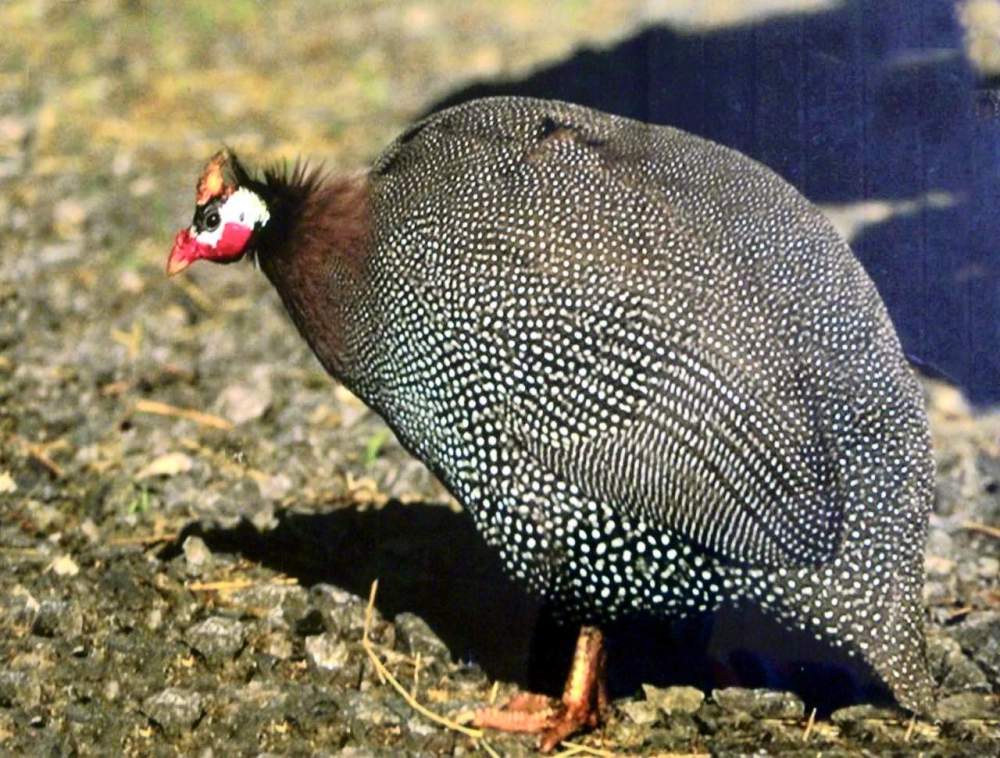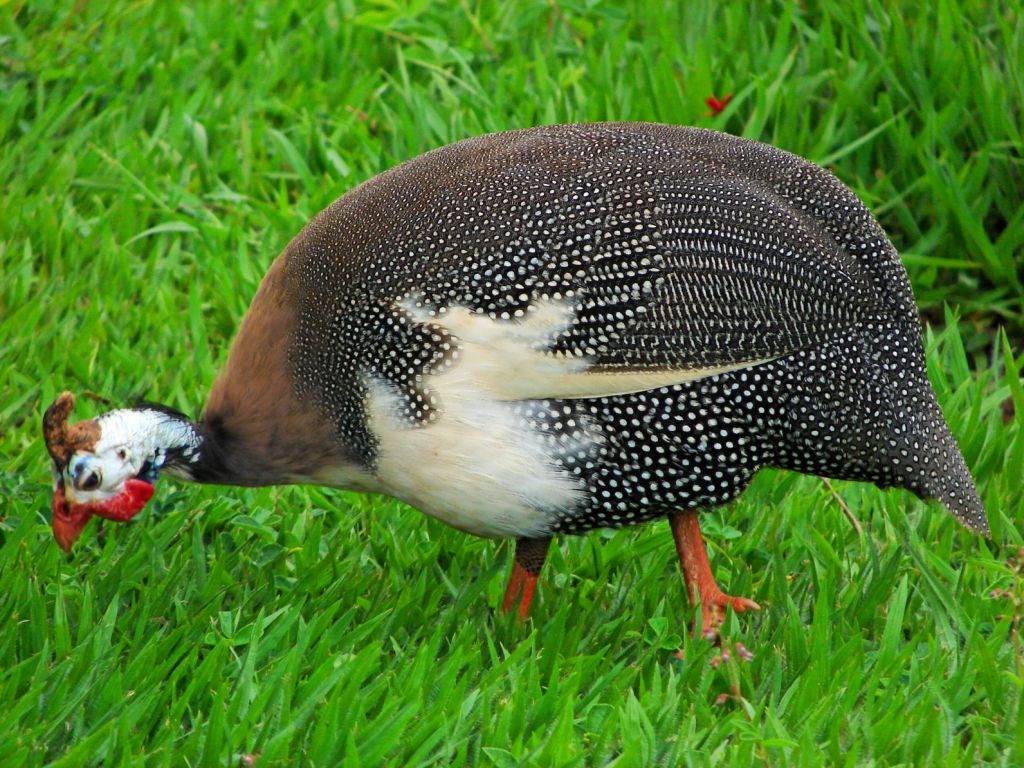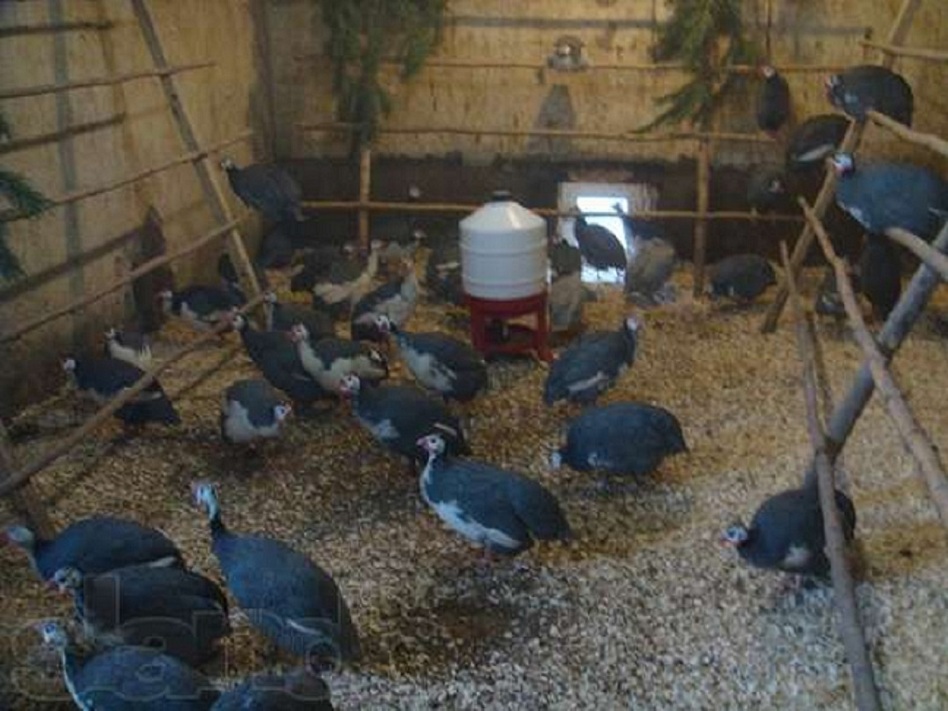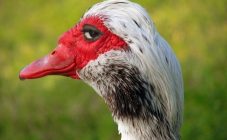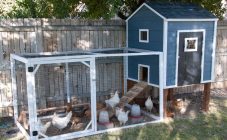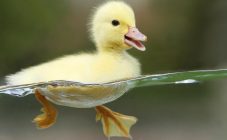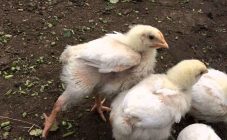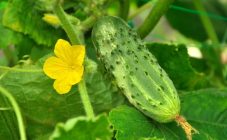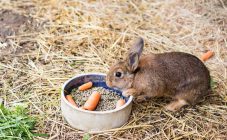Content:
Guinea fowl is a chicken-like poultry. Her homeland is Africa. However, thanks to its quick adaptation to any climatic conditions, this bird feels great in Russia. Guinea fowl meat has a high taste and contains a large amount of protein. Eggs contain many vitamins.
These birds gain weight quickly and have good egg production. They can also be useful in a summer cottage where potatoes are planted, since guinea fowls eat the larvae of a dangerous pest - the Colorado potato beetle.
It is undoubtedly worth keeping and raising guinea fowls at home. The main thing is the presence of conditions for the correct keeping of birds - an aviary and a fenced area for walking, since this bird is very active. Feeding and walking can be considered the main care activities. Lack of nutrients and fresh air is bad for bird reproduction, egg production and meat quality.
If guinea fowls live on the site, breeding and keeping at home can, with the right approach to business, become an excellent source of income.
What is needed for breeding, keeping and growing guinea fowls
Guinea fowl can be bred in any region of Russia. This is a profitable and profitable business. Also, these birds are popular in the former Soviet republics. Breeding these birds is a great opportunity to start your own business from scratch.
In order for a poultry farm to work successfully, it is necessary:
- Availability of free space. There must be at least 1 square meter for two birds. m. If the farm already has chickens, the guinea fowls will get along well with them. The first time you can practice just such a joint content.
- Availability of special equipment - feeders, drinkers, incubators. You can also buy a ready-made poultry house in which all this is already installed.
- Plant and animal feed: industrial production and self-procured. The bird should eat 100 g of concentrated feed per day. Also, birds should receive sufficient fresh water every day. It is best to use spring or bottled water, tap water can be used only after preliminary settling.
- Medicines for the treatment of sick birds.
Care and maintenance of adult guinea fowls at home
Guinea fowl is an unpretentious bird. However, in order for the livestock to grow well and gain weight, care and maintenance should be guided by the advice of experienced poultry breeders. Experts recommend:
- each bird should have a separate drinking bowl, since guinea fowls are hard pressed to lack moisture;
- the room where the livestock is kept must be regularly ventilated, since the keeping of guinea fowls in a poultry house with stale air is unacceptable;
- the room temperature must be at least 36 ° С;
- roosts should be installed in the poultry house, guinea fowls are very fond of taking off on them;
- the place for walking should be fenced off with a netting, and also make sure that there are no poisonous plants on the lawn;
- 60% of the diet of guinea fowls should be on vegetable feed, 40% on animals;
- fermented milk products and meat waste can be added to industrial feed, this will help to improve egg production.
In summer, birds should be outdoors as much as possible. Then it is much easier to take care of them, since most of the day they get their own food. Regularly walking chicks develop much faster. The presence of a spacious walking area will facilitate the work of a novice poultry farmer. If you constantly keep the livestock in a cage, the birds will gain poor weight and get sick more often.
Buying young animals
The creation of a poultry farm begins with the purchase of young animals. This should be the first item in your business plan. For breeding, grown-up chicks are usually purchased. It is better to buy them in a nursery or from experienced poultry farmers. Do not take chickens that have bald patches on the skin, as this indicates congenital diseases. An inexperienced poultry farmer can be advised to buy adult birds right away so as not to waste time and money on raising young. If the chicks have already been purchased, they should be guided by the advice of professionals when growing them. Here's what the experts recommend:
- A minimum of 20 chicks should be taken, the recommended age is 2 to 3 days. Day-old chicks are still too small and often die. Such little chicks do not adapt well to new conditions.
- It is best to buy young animals in late spring, so that the birds walk in the air as much as possible and receive vitamins with fresh plant food.
- Birds must immediately get used to the owner, otherwise they will grow wild and will be afraid of humans for a long time. If the guinea fowls calmly perceive the owner from the first days of life, it will be much easier to take care of them.
- Young animals should receive compound feed every evening. If the chicks eat only grass, they will not be full.
- The feeder should not be high, otherwise the chick will not be able to climb into it. The same goes for drinkers: they must be appropriate for the height of the bird.
- You can release young animals into fresh air when the chicks are half a month old.
If there are guinea fowls on the farm, keeping these birds can be difficult because they are very susceptible to infections. Young animals should be examined regularly. If birds lose feathers and discharge from the eyes, sick birds should be isolated and immediately shown to a veterinarian.
If guinea fowls live on the farm, breeding and keeping at home with chickens can only be practiced if the house is spacious enough. Guinea fowls do not like crowding and feel bad when there is little space in the room.
Growing young guinea fowl on your own
About a month after the female has laid eggs, the chicks hatch. Guinea fowls are very shy, so it is not uncommon for a brood hen, frightened by the noise, to run away from the nest and abandon the chickens to their fate. In this case, the problem can be easily solved by an incubator (bought in a store or made by hand).
It is necessary to grow guinea fowls in the first days of life in about the same way as young chickens. When the chicks hatch, they are placed in a wooden box with straw, and an adult bird is planted there. A lamp is hung over the box to heat the room. The air temperature should not be lower than 35 ° C, otherwise the chicks may die. To prevent them from blowing in a draft, the box can be covered with gauze on top.
Chicks live in the box for about 10 days. Then they are moved to a special fenced area for young animals - a place covered with peat or sand. There must also be a heating lamp, the recommended air temperature is up to 27 ° C.A thermometer should be used to monitor the temperature.
2 weeks after birth, you can start walking the chicks, but only in dry and warm weather. If it is rainy or windy outside, the walk is canceled, since young guinea fowls are highly sensitive to sudden changes in temperature.
How to feed the guinea fowl:
- up to 7 days, chicks should receive finely chopped yolk and cottage cheese mixed with green onions;
- fermented baked milk will successfully replace water;
- 10-day-old chicks begin to accustom themselves to vegetable food: nettle, alfalfa, dandelion;
- from 1.5 months, you can gradually give feed soaked in water.
When the young are 2 months old, feeding is gradually removed by the hour, replacing it with a free diet: fresh food is constantly added to the feeder. Chicks need to regularly change the water in the drinkers and remove the remains of feed. If the guinea fowl eats stale food, it can die and infect others with dangerous infections.
Rules for a good walk
The bird walking area should face the south or southeast side and be well lit by the sun. Guinea fowls love to hide in thickets of weeds, so the grass on the lawn should not be mowed at the root. It is good to plant a low-growing shrub around the perimeter of the lawn, the birds will willingly hide there. In winter, you can also walk the livestock, for this you need to scatter a thick layer of peat over the territory so that the paws do not freeze.
Growing guinea fowls is not difficult at all. If you write a business plan competently and purchase quality equipment, your home farm will soon begin to generate a solid income.
